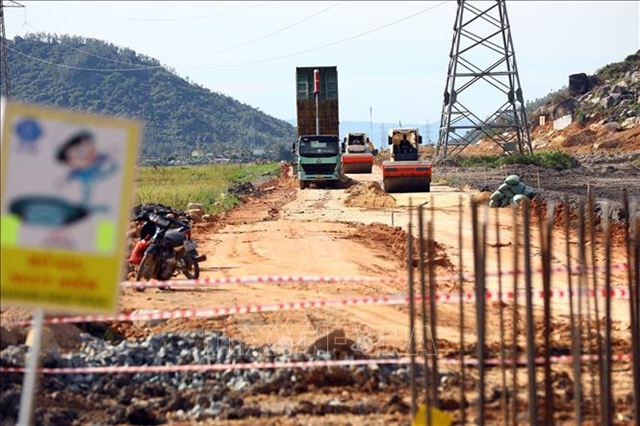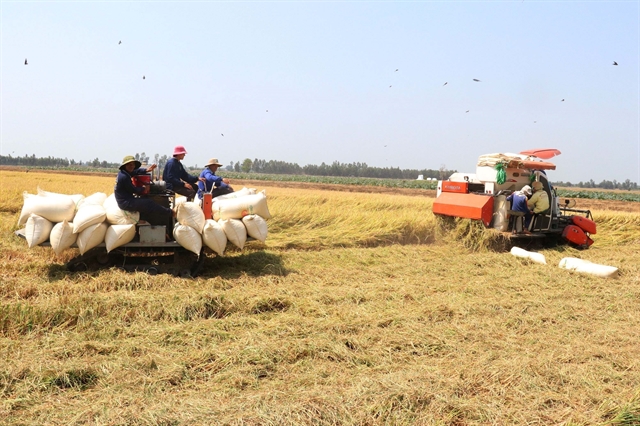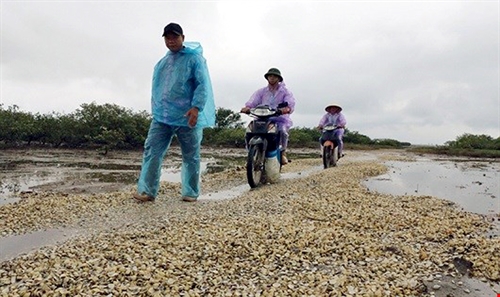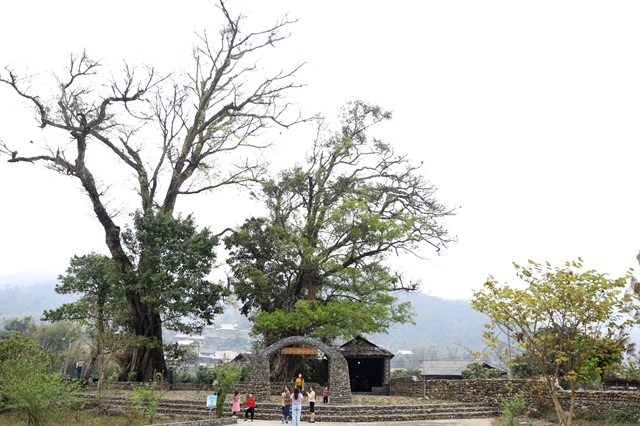 Society
Society

" />High scallop density is one of the reasons behind the recent mass deaths of the creature in this northern province’s Hải Hà District, an official said yesterday.
 |
| High scallop density is one of the reasons behind the recent mass deaths of the creature in Hải Hà District, northern Quảng Ninh Province. — Photo baophapluat.vn |
QUẢNG NINH –– High scallop density is one of the reasons behind the recent mass deaths of the creature in this northern Quảng Ninh province’s Hải Hà District, an official said yesterday.
According to an expert at the Research Institute for Aquaculture, clam density in the province is 400 to 600 per square metre, which is five times higher than the density of 80 to 90 scallops per square metre recommended by the Directorate of Fisheries.
Besides this, the clams had not been harvested despite having reached the required size for harvesting, causing them to die naturally, Nguyễn Văn Công, vice-director of the province’s Department of Agriculture and Rural Development (DARD), said.
Cold weather, the lack of food and the polluted environment also contributed to the deaths, he said.
The authorities have asked locals to stop raising new scallops, collect the dead creatures and spray chemicals to sterilise the breeding areas.
The deaths began in Quảng Minh Commune in October last year, but were then only small in number. Deaths were, however, later also reported in the Quảng Điền and Phú Hải communes. According to the DARD’s data, some 2,000 tonnes of clams died in the three communes from December last year to January this year.
Scallops continued to die till early this month, increasing the total number of dead clams to 6,000-8,000 tonnes.
“Most of the scallop-raising areas in the three communes don’t meet conditions that are favourable for raising these creatures. Only 176ha in Quảng Minh Commune was planned for raising clams, but farmers increased the area to 416ha,” the deputy chairman of the district People’s Committee, Hoàng Văn Thái, said.
The offspring, which were bought from the northern Nam Định and Thái Bình provinces and from China, are also not checked. Some 10 per cent of young clams died before they were raised, he said.
It was, therefore, necessary for farmers to follow the prescribed raising techniques and to use scallops cleared with quarantine certificates. –– VNS









